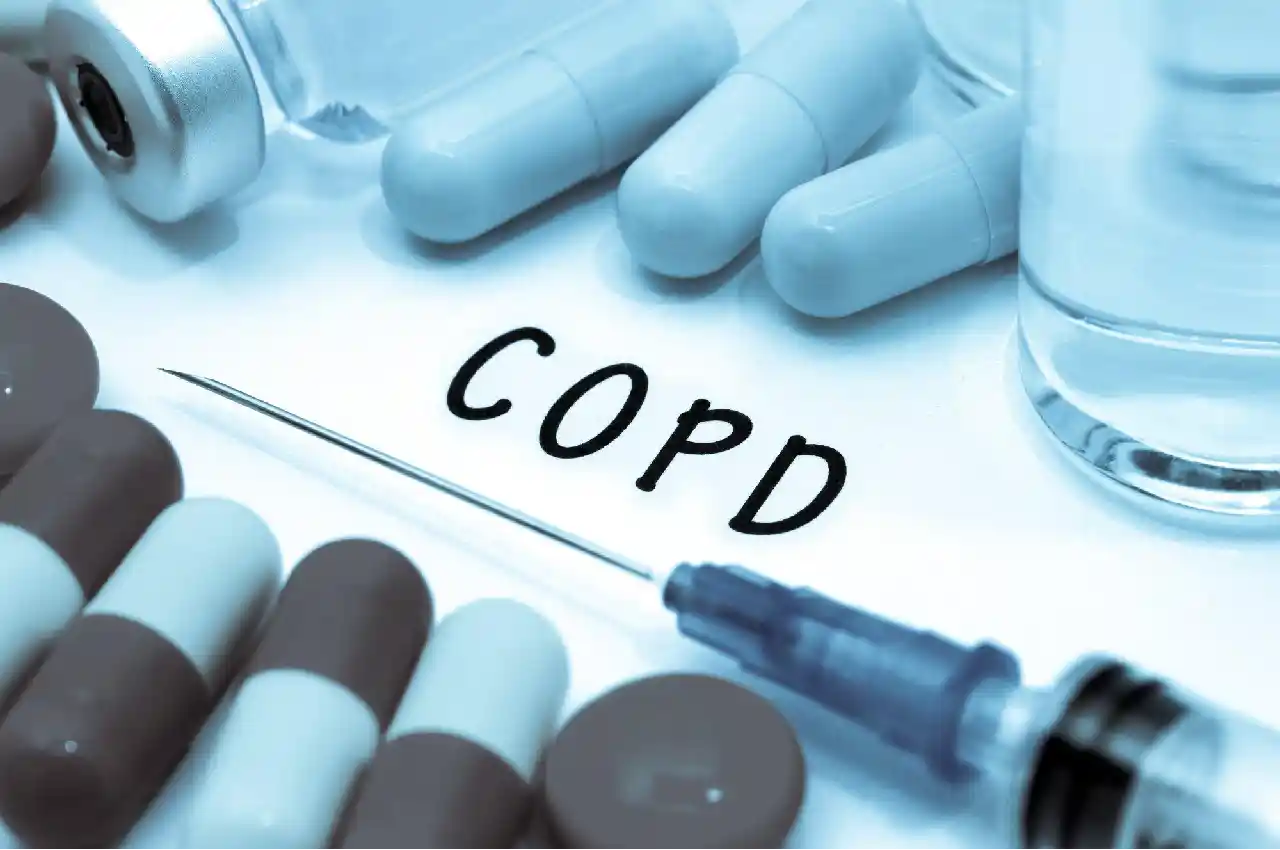HEALTH
What to Do if You Have Chronic Obstructive Pulmonary Disease

Contrary to popular belief, chronic obstructive pulmonary disease (COPD) is a group of lung diseases, not a single condition. These include asthma, bronchitis, and other ailments that block airflow.
Although managing COPD symptoms can be challenging, it’s possible to live well with the right approaches to treatment and self-care. Let’s explore what COPD involves, how you can treat it, and effective strategies for coping with its effects.
COPD Symptoms: Recognize the Signs
The most common COPD symptoms are difficulty breathing, increased breathlessness, frequent coughing, and chest tightness. Also, you might experience wheezing and frequent respiratory infections.
COPD symptoms usually don’t show up until extreme lung damage has occurred. However, be sure to have regular check-ups with your healthcare provider to monitor your respiratory health.
COPD Treatment
There’s no certain cure for COPD. Several types of COPD treatment exist to relieve its symptoms, slow down its progression, and improve your overall health condition.
Medication
One of the primary treatments for COPD is various types of inhalers. They deliver drugs directly to your lungs. These inhalers relax the muscles around your airways, ease coughing, and decrease inflammation.
Drugs such as bronchodilators, steroids, and Symbicort inhalers are usually part of the treatment. A Symbicort inhaler combines a steroid and a bronchodilator.
Most people with COPD use Symbicort inhalers to prevent breathlessness. But every COPD case is unique, so discuss it with your healthcare provider before using any inhaler.
Pulmonary Rehabilitation
A key part of this rehab program is exercise because it facilitates better functioning of the lungs. Apart from physical training, you’ll acquire breathing techniques that can help ease the symptoms of COPD. Additionally, by providing nutritional advice and psychological counseling, pulmonary rehab addresses the wider impact of COPD on your well-being.
Therapies and Surgeries
In more severe cases, oxygen therapy might be a requirement. This is where patients receive extra oxygen through a mask or nasal prongs. Surgeries like lung volume reduction or a lung transplant can be considered if medication and therapy aren’t enough.
Living With Chronic Obstructive Pulmonary Disease
Mild to moderate exercise can help you enhance your stamina and reduce breathlessness. Regular walks bolster muscle strength and help build endurance, reducing the fatigue factor. Most importantly, walking trains your cardiovascular system.
Quit Smoking
Tobacco smoke is one of the primary risk factors associated with the development and progression of COPD. It contains many toxins that can damage lung tissue and cause inflammation in the airways.
When you quit smoking, you stop your continuous exposure to these harmful substances. This step alone can slow down lung damage.
Improve Your Lung Health
Managing chronic obstructive pulmonary disease is about implementing appropriate treatments and adjusting lifestyle habits. Inhalers, pulmonary rehabilitation, and surgeries are essential parts of COPD treatment. Quitting smoking and regular exercises play pivotal roles in slowing down COPD progression while improving your stamina.
Despite its challenges, living with COPD is possible with the right measures. Explore our blog for more health tips and strategies to navigate challenges. With our advice and help from a doctor, a healthy life is within your reach.
Having completed my education in English, I’ve cultivated a successful career as a content writer. My tenure includes valued collaborations with distinguished professional organizations, reflecting my commitment to producing high-quality content.
Contact me on this mail: [email protected]










